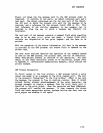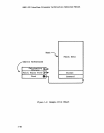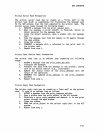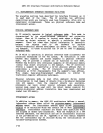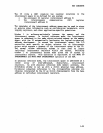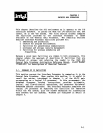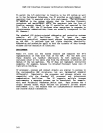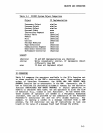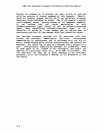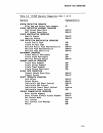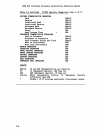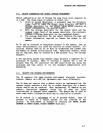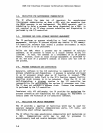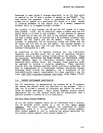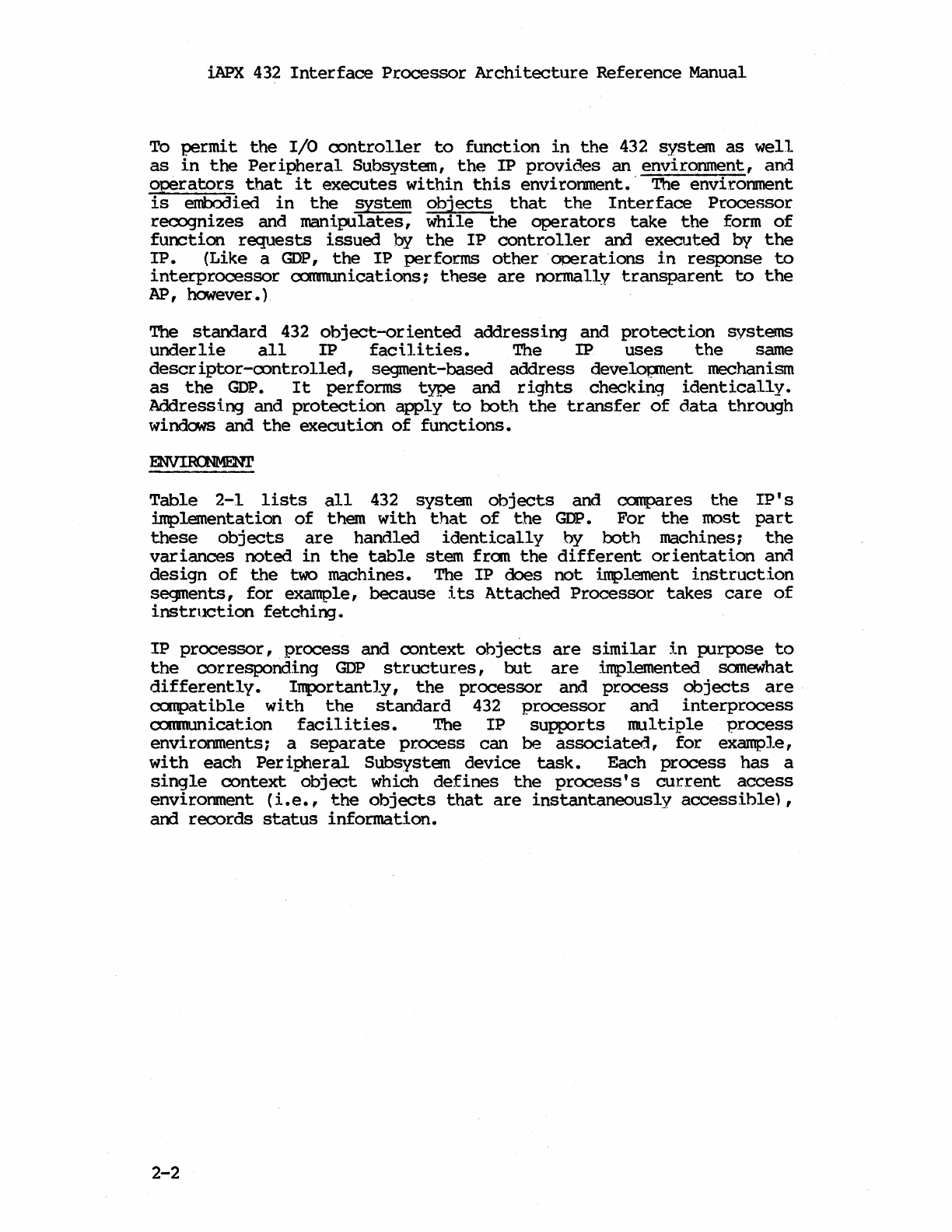
iAPX
432
Interface
Processor
Architecture
Reference
Manual
To
permit
the
I/O
controller
to
function
in
the
432 system
as
well
as
in
the
Peripheral
Subsystem,
the
IP
provides
an
environment,
and
operators
that
it
executes
within
this
environment.· The environment
is
embodied
in
the
system
objects
that
the
Interface
Processor
recognizes
and
manipulates,
while
the
operators
take
the
form
of
function
requests
issued
by
the
IP
controller
and
executed
by
the
IP.
(Like a
GOP,
the
IP
performs
other
operations
in
response
to
interprocessor
oammunications:
these
are
normally
transparent
to
the
AP,
however.)
The
standard
432
object-oriented
addressing
and
protection
systems
underlie
all
IP
facilities.
The
IP
uses
the
same
descr
iptor-controlled,
segment-based
address
develol;J1\ent mechanism
as
the
GOP.
It
performs
type
and
ri.ghts
checking
identically.
Addressing
and
protection
apply
to
both
the
transfer
of
data
through
windows and
the
execution
of
functions.
Table
2-1
lists
all
432
system
objects
and
canpares
the
IP'
s
implementation
of
them
with
that
of
the
GOP.
For
the
most
part
these
objects
are
handled
identically
by
both
machines;
the
variances
noted
in
the
table
stem from
the
different
orientation
and
design
of
the
two
machines. The
IP
does
not
inplement
instruction
segments,
for
example,
because
its
Attached
Processor
takes
care
of
instruction
fetching.
IP
processor,
process
and
context
objects
are
similar
in
purpose
to
the
corresponding
GOP
structures,
but
are
~lemented
somewhat
differently.
Importantly,
the
processor
and
process
objects
are
canpatible
with
the
standard
432
processor
and
interprocess
oammun
icat
ion
facilities.
The
IP
supports
multiple
process
environments; a
separate
process
can
be
associated,
for
example,
with
each
Peripheral
Subsystem
device
task.
Each
process
has
a
single
context
object
which
defines
the
process's
current
access
environment
(i.e.,
the
objects
that
are
instantaneously
accessible),
and
records
status
information.
2-2




